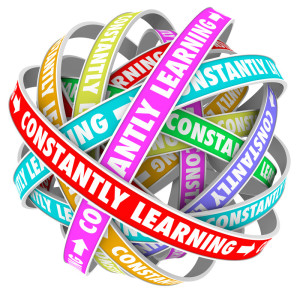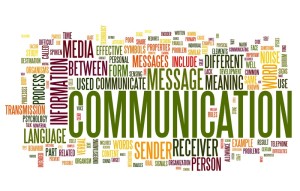“You only call it a disruption because you didn’t create it – stop being disrupted, innovate.” That was just one of the messages in the opening keynote from Terry Jones at the fifth Annual Thought Leaders on Access Symposium (ATLAS) in Boston this week. His talk was titled “Turning Disruption OFF and Turning  Innovation ON”.
Innovation ON”.
As an entrepreneur with an impressive history, Terry Jones knows what he’s talking about. He is best known for founding Travelocity.com and serving as founding Chairman of Kayak.com. As consumers, we’ve experienced the disruptive innovations in the travel industry. As healthcare leaders, we were challenged by Terry to consider the innovations and disruptions yet to come in our industry.
ATLAS is a patient access conference for hospital and health system leaders sponsored by Kyruus for their customers and invited guests. Kyruus is a software firm that offers provider search, scheduling, and data management solutions to help health systems match patients with the right providers and enhance patient access enterprise-wide. This year’s theme was “Systemness. Ignited.” with excellent speakers on innovation and digital transformation in healthcare. The focus of the conference was on patient and consumer engagement. Health systems such as Banner Health and Piedmont Healthcare, leaders in transforming the patient experience, shared their stories.
It was inspiring to see so many healthcare leaders passionate about improving the patient experience. I’ve been in health IT management for decades and I was humbled to hear leaders from marketing, patient access, and innovation teams talk about getting things done in spite of roadblocks they sometimes face from IT. Continue reading









